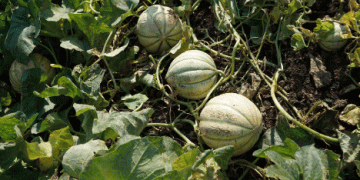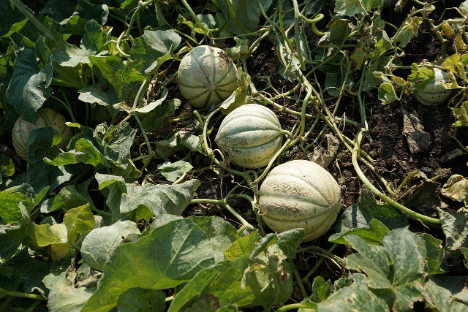In 2023, global melon imports experienced a significant decrease, dropping by 237.11 million kilograms from 2,170.51 million kilograms in 2022 to 1,933.4 million kilograms. According to data processed by Hortoinfo.es and sourced from Comtrade, the United Nations’ statistical division, the world’s top melon-importing countries—the United States, the Netherlands, and Germany—accounted for the majority of this trade. Despite the overall decline in melon purchases, Spain exhibited a marked increase in its imports, highlighting an interesting divergence from the global trend.
Global Melon Imports in Decline
The decline in global melon imports was led by some of the largest consuming nations. The United States, the world’s top importer of melons, purchased 598.01 million kilograms in 2023, accounting for 30.93% of global melon imports. This significant share underscores the U.S.’s dominance in the melon market, even amid a global decrease in demand.
Following the U.S., the Netherlands imported 150.4 million kilograms of melons, making up 7.78% of global imports. Germany came in third, importing 141.66 million kilograms, which constituted 7.33% of the total. These European countries are pivotal players in the melon trade, especially due to their role as hubs for distributing produce across Europe.
Spain’s Contrasting Behavior
While global imports fell, Spain stood out as a major anomaly. Contrary to the declining global trend, Spain increased its melon imports by 28.79%, rising from 79.72 million kilograms in 2022 to 102.68 million kilograms in 2023. This increase was valued at €88.61 million, with an average import price of €0.86 per kilogram.
Spain’s decision to boost melon imports could be attributed to various factors, including increased domestic demand, favorable trading conditions, and potential shifts in production due to climate challenges or market demands. Spain’s growing import activity may also reflect its position as a key exporter within Europe, with imported melons potentially re-exported to other regions.
Factors Behind the Global Decline
Several factors contributed to the decline in global melon imports in 2023. Changing weather patterns and crop yields in key producing countries likely affected the availability of melons for export. Additionally, inflation and rising transportation costs have driven up the prices of fresh produce, making imports less attractive for certain countries.
Trade policies and logistical challenges, especially in a post-pandemic global economy, have also played a role in reducing the volume of fresh fruit traded globally. Countries such as the U.S. and European nations may have focused more on supporting local or regional agricultural production, further reducing their reliance on international imports.
The global melon trade experienced a notable decline in 2023, with leading importers such as the United States, the Netherlands, and Germany reducing their purchases. However, Spain’s significant increase in melon imports demonstrates that regional dynamics can defy broader global trends. The future of global melon trade will depend on how countries navigate changing agricultural conditions, market demands, and trade policies. For farmers and exporters, understanding these shifts will be key to adapting to the evolving landscape of international fruit trade.































